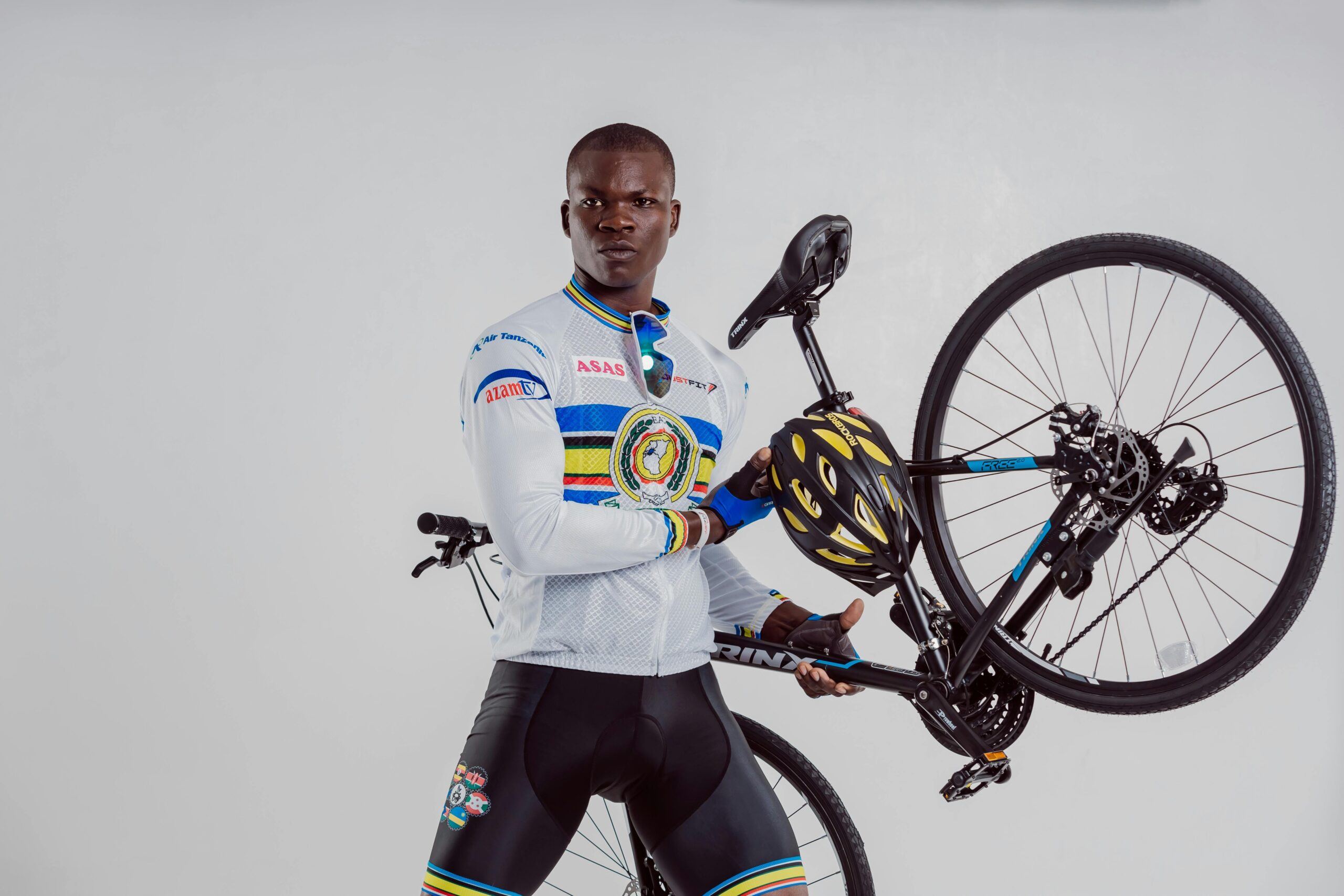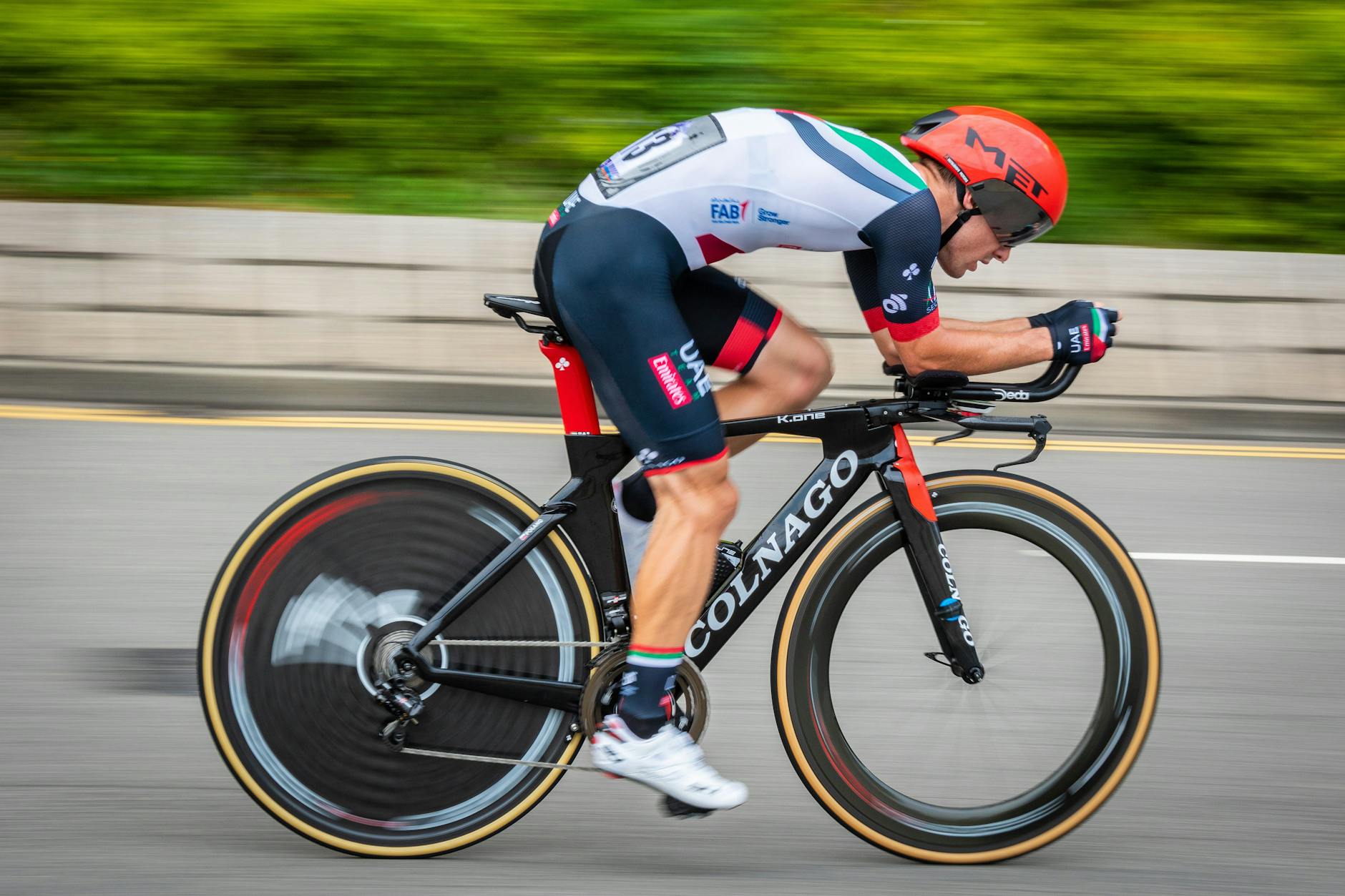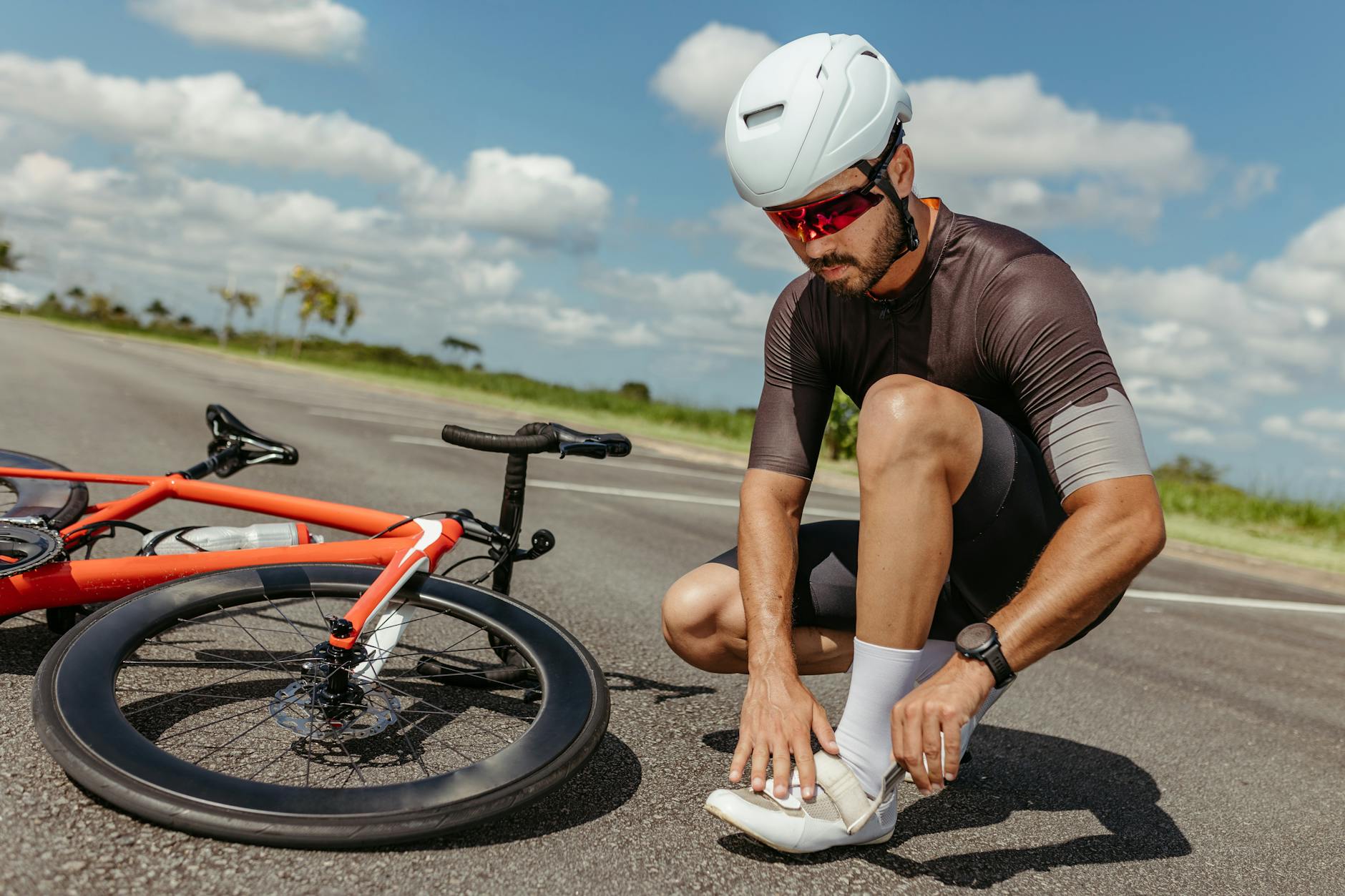When it comes to cycling, comfort and performance are paramount. One surefire way to enhance both is by opting for custom-made apparel tailored precisely to your measurements. Unlike off-the-rack options, personalized cycling gear offers a fit that’s as unique as you are, ensuring you ride in both style and comfort.
The Perfect Fit: A Game-Changer for Cyclists
Imagine slipping into a jersey or pair of shorts that feels like a second skin. Custom cycling apparel is crafted to match your exact body dimensions, eliminating common issues like chafing, bunching, or restrictive movement. This precise fit not only boosts comfort but also enhances your riding efficiency by allowing unrestricted motion. No more adjusting your gear mid-ride; with custom pieces, you’re set to focus solely on the road ahead.
Enhanced Performance Through Tailored Design
Beyond comfort, a personalized fit can significantly impact your performance. Well-fitted apparel reduces air resistance and ensures that moisture-wicking fabrics function optimally, keeping you dry and comfortable. By minimizing distractions and potential discomforts, custom gear allows you to maintain peak performance throughout your ride.
Express Your Unique Style
Cycling isn’t just about the ride; it’s also an expression of individuality. Custom-made apparel offers the opportunity to showcase your personal style or team spirit. Whether you’re part of a cycling club aiming for a unified look or an individual wanting to stand out, personalized designs let you make a statement on the road. Coordinated kits can foster team unity and make your group easily recognizable during events or group rides.
Addressing Unique Body Shapes and Sizes
For those who find standard sizes lacking, custom apparel is a game-changer. It caters to all body types, ensuring that every cyclist, regardless of shape or size, has access to gear that fits impeccably. This inclusivity promotes confidence and comfort, encouraging more enthusiasts to embrace the sport without the hindrance of ill-fitting clothing.
Investing in Quality and Longevity
While custom-made gear might come with a higher upfront cost, it’s often more durable than mass-produced alternatives.Tailored pieces are typically crafted with attention to detail and high-quality materials, ensuring they withstand the rigors of regular use. Over time, this investment pays off, as you’ll likely replace your gear less frequently.
Seamless Integration with Advanced Fabric Technologies
Custom apparel allows for the incorporation of advanced fabric technologies tailored to your specific needs. Whether you require enhanced ventilation, compression features, or weather-resistant materials, personalized gear can be designed to meet these specifications, further enhancing your riding experience.

When it comes to cycling gear, the market is flooded with ready-to-wear options that cater to a broad spectrum of riders. These mass-produced items offer a range of benefits but also come with certain drawbacks. Let’s delve into the pros and cons of off-the-rack cycling apparel to help you make informed decisions for your riding comfort and performance.
Affordability and Accessibility: The Budget-Friendly Appeal
One of the most significant advantages of mass-produced cycling gear is its affordability. With economies of scale in play, manufacturers can produce large quantities, reducing costs and making the gear more accessible to a wider audience.Whether you’re a novice cyclist or a seasoned rider, the availability of budget-friendly options means you can gear up without breaking the bank. Additionally, these products are readily available in numerous retail outlets and online stores, allowing you to easily find and purchase the items you need.
Variety and Trend Alignment: Staying in Vogue
Mass-produced cycling apparel often reflects the latest trends in design and technology. Manufacturers keep a close eye on market demands, ensuring that their products align with current styles and innovations. This means you have access to a wide variety of designs, colors, and features that can keep you both stylish and functional on your rides. Whether you’re looking for vibrant jerseys or minimalist shorts, the plethora of options allows you to express your personal style while benefiting from modern advancements in fabric and construction.
Fit and Comfort: The One-Size Dilemma
While ready-to-wear options offer convenience, they may not provide the perfect fit for everyone. Standardized sizing can lead to issues such as tightness in certain areas or excessive looseness in others, potentially affecting your comfort and performance. A jersey that’s too tight might restrict movement, while one that’s too loose can cause drag. Similarly, ill-fitting shorts can lead to chafing or discomfort during longer rides. It’s essential to try on different brands and sizes to find the best possible fit, keeping in mind that sizing can vary between manufacturers.
Quality and Durability: Assessing Longevity
The quality of mass-produced cycling gear can vary significantly. Some brands prioritize durability and use high-quality materials, while others may cut corners to reduce costs. This variance means that some products might not withstand the rigors of frequent use, leading to issues like fabric wear, fading, or seam failures. Investing in reputable brands known for their quality can mitigate these risks, ensuring that your gear remains functional and presentable over time.
Environmental Considerations: The Sustainability Factor
Mass production often raises concerns about environmental impact. The use of synthetic materials, energy-intensive manufacturing processes, and large-scale distribution can contribute to a larger carbon footprint. However, some companies are making strides toward sustainability by incorporating recycled materials and adopting eco-friendly practices. As a consumer, supporting brands that prioritize environmental responsibility can make a difference in promoting more sustainable industry standards.

When it comes to cycling apparel, you’re often faced with a choice: invest in custom-made gear tailored to your measurements or opt for ready-to-wear options off the rack. Both avenues have their merits and drawbacks, especially when considering cost. Let’s pedal through the financial aspects of each to help you make an informed decision.
Upfront Costs: Custom vs. Ready-to-Wear
Custom cycling apparel is akin to having a suit tailored specifically for you. This bespoke approach often comes with a higher initial price tag due to specialized manufacturing processes and personalized fittings. According to industry insights, producing custom gear involves higher costs compared to standard, mass-produced items . On the flip side, ready-to-wear cycling gear benefits from mass production, leading to economies of scale that typically result in lower retail prices. This makes off-the-rack options more accessible for cyclists mindful of their budgets.
Long-Term Value: Durability and Performance
While the initial investment in custom apparel is higher, it’s essential to consider longevity and performance. Custom pieces are crafted to fit your body precisely, reducing issues like fabric bunching and wind resistance, which can enhance comfort and efficiency on rides . Moreover, the quality of materials used in custom gear often surpasses that of mass-produced items, potentially leading to a longer lifespan. Conversely, while ready-to-wear options are more affordable upfront, they may not offer the same level of fit and durability, potentially leading to more frequent replacements.
Resale and Brand Perception
Investing in high-quality cycling apparel, whether custom or premium ready-to-wear, can also have implications for resale value and brand perception. Premium brands often maintain better resale values due to their reputation and quality.Additionally, wearing reputable brands can enhance your image within the cycling community, potentially boosting confidence and enjoyment
Choosing between custom-made and off-the-rack cycling apparel can be a daunting task. Both options have their merits, and the right choice depends on various personal factors. Let’s delve into key considerations to help you make an informed decision.
Assessing Your Fit and Comfort Needs
A well-fitting cycling kit enhances comfort and performance. Off-the-rack options are designed for the average body, which might not suit everyone perfectly. Custom apparel, however, is tailored to your exact measurements, ensuring a snug and comfortable fit that can reduce chafing and improve aerodynamics.
Evaluating Budget and Time Constraints
Budget plays a significant role in decision-making. Custom kits often come at a premium due to personalized design and production processes. They also require additional time for consultations and manufacturing. In contrast, off-the-rack options are generally more affordable and readily available, making them suitable for those seeking immediate solutions.
Considering Style and Personal Expression
Your cycling apparel reflects your personal style. Custom kits offer the freedom to choose colors, patterns, and features that resonate with your aesthetic preferences, allowing for a unique expression. Off-the-rack options, while limited to existing designs, have expanded their range to cater to diverse tastes, though they may not offer the same level of individuality.
Analyzing Performance and Material Quality
Performance and durability are crucial for cycling enthusiasts. Custom apparel allows for the selection of high-quality materials tailored to specific riding conditions, potentially enhancing performance and longevity. Off-the-rack options vary in quality, so it’s essential to research and choose reputable brands known for durable and functional gear.
Weighing Group or Team Requirements
If you’re part of a cycling team or club, uniformity might be a consideration. Custom kits can unify team appearance and foster a sense of identity. However, minimum order quantities and coordination efforts are factors to consider. Off-the-rack options offer convenience but may lack the cohesion desired for team representation.




